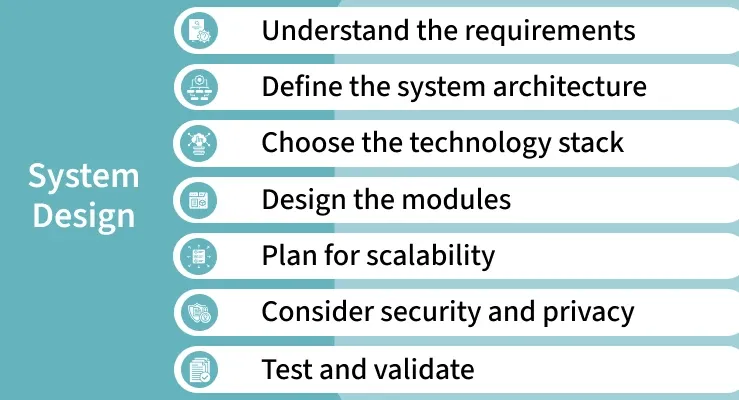Front-End Development Trends in 2025: What Every Developer Should Know
27 August 2025

Software development has become increasingly complex, with applications needing to scale, adapt, and integrate with modern technologies. To achieve this, developers are turning to Clean Architecture—a timeless software design principle introduced by Robert C. Martin (Uncle Bob).
Clean Architecture emphasizes separation of concerns, making applications more maintainable, testable, and scalable. At its core, the architecture is divided into concentric layers, each with clear responsibilities:
Entities (Core Business Rules): Represent the fundamental logic of the system, independent of frameworks or databases.
Use Cases (Application Logic): Coordinate application-specific business rules and orchestrate workflows.
Interface Adapters: Convert data between the core application and external systems (APIs, databases, UI).
Frameworks & Drivers: The outermost layer where tools, frameworks, and infrastructure interact.
Benefits of Clean Architecture in 2025:
Scalability: Easier to adapt to new technologies without breaking the system.
Testability: Business logic can be tested independently of UI or databases.
Maintainability: Code remains clean, modular, and flexible for future updates.
Technology Independence: Switch frameworks, databases, or UI layers without rewriting core business rules.
In 2025, where cloud-native, microservices, and serverless applications dominate, Clean Architecture provides a robust foundation for building long-lasting software that resists technical debt.